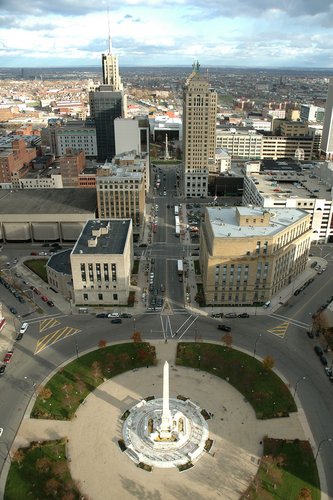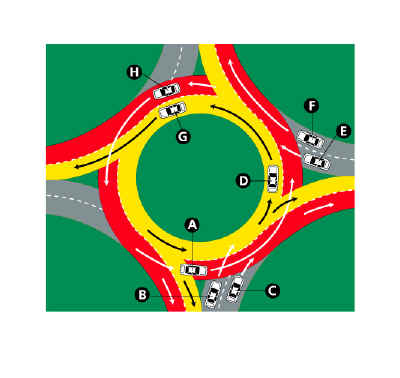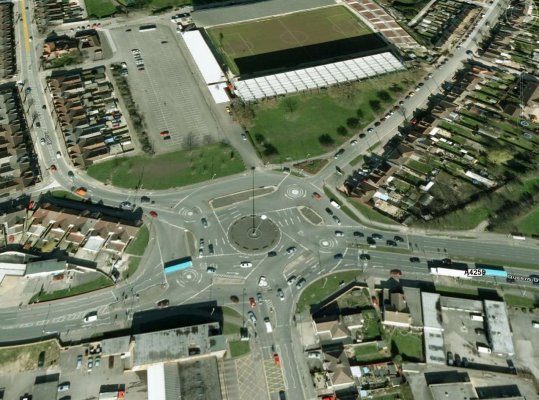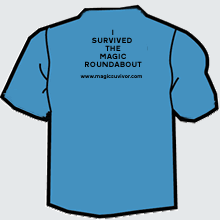alvarezg
Dryer sheet aficionado
In Angoulême space is very limited and roundabouts are tiny. Many have a center "spot" not over 2m in diameter, in which case they are just painted, not raised. They still work extremely well, though one has to make room for the buses to negotiate the intersection.










